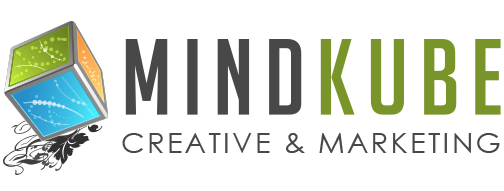
18 Mar Tips for Higher Conversion Rates from Landing Pages
We’re feeling metaphorical today, so let’s play with the “landing” in “landing pages.”
Imagine your website is an airport and your visitors are fleshy little airplanes that have landed there. Each landing page is a dedicated airstrip that leads not to a terminal, but to a call to action (CTA), whether it’s to buy something, contact you, provide some information, subscribe to your newsletter, download your e-book, or whatever it is you want these specific page visitors to do.
Now think about those dudes who stand around on the runway in the bright orange safety vests pointing and waving those glowing wands to direct the planes. That’s their technical name, but they’re also known as aircraft marshallers.
The most successful landing pages usher visitors to the CTA just as obviously and directly. They immediately attract attention and have one clear path to one destination.
Of course, not all landing pages and offers are the same, nor are all target audiences; some experimentation and analysis is always a good idea with the layout, design, and wording of every page and every call to action. However, the following tips are proven ways to increase visitor follow-through on your CTA, yielding more leads or sales. They’re your own personal fleet of dudes in orange vests pointing and waving glowing wands.
Tips for Higher Landing Page Conversion Rates
1. Build individual landing pages for single products, services, and CTAs. This aids SEO, attracts more targeted traffic, and prevents “analysis paralysis,” the inability to make a decision due to too many choices.
2. Remove site navigation from landing pages and extra links to eliminate the CTA’s competition for attention and clicks.
3. Make ample use of white space for clean, attractive, simple design. Busyness is unappealing and distracts visitors from what you want them to easily find.
4. Prominently display your logo at the top of the page to let visitors know where they are and to help quickly establish trust.
5. Be sure the page makes it unmistakably obvious exactly what it’s offering and why.
6. See to it that the landing page flows in a logical progression, but include persuasive elements throughout as you build up to the CTA.
7. Apply formatting to make the page aesthetically pleasing and readable. Again, white space is good, as are bold headings and bullet or numbered lists.
8. Lead off with a short headline that grabs attention by clearly identifying the primary benefit or solution offered (or the “pain point” remedied).
9. Reinforce the attention-grabbing headline with a sub-headline that further piques interest.
10. Focus on benefits to the visitor over features of the product, service, or other offer, and certainly instead of going on about how great you are.
11. Keep landing page copy concise and to the point. Use separate pages like About Us to talk about your company and provide other tangential information.
12. Use emotionally compelling words in your headlines, sub-headlines, and copy. There’s a chart listing lots of effective ones near the end of this informative article on CoSchedule.
13. Display a large, relevant, high-quality image near the top, but don’t clutter the page with pictures.
14. Make the call-to-action button large and easy to see, using a contrasting color for added visibility. Include a short, actionable phrase that conveys a primary benefit (e.g., “Eliminate your lower back pain” or “Fill your home with love with a pet goldfish”), rather than simply saying “Buy Now,” “Submit,” “Click Here,” or something else generic and not particularly compelling.
15. Ensure that following through with the CTA delivers what was promised. Misleading visitors into clicks that don’t do exactly what was expected is a violation of trust and a sure way to lose leads and sales.
16. If the purpose of a landing page is to collect visitors’ personal information, collect no more than what you truly need and make the form as short and simple as possible.
17. Include social proof and/or professional icons that indicate site legitimacy and security to increase trustworthiness.





